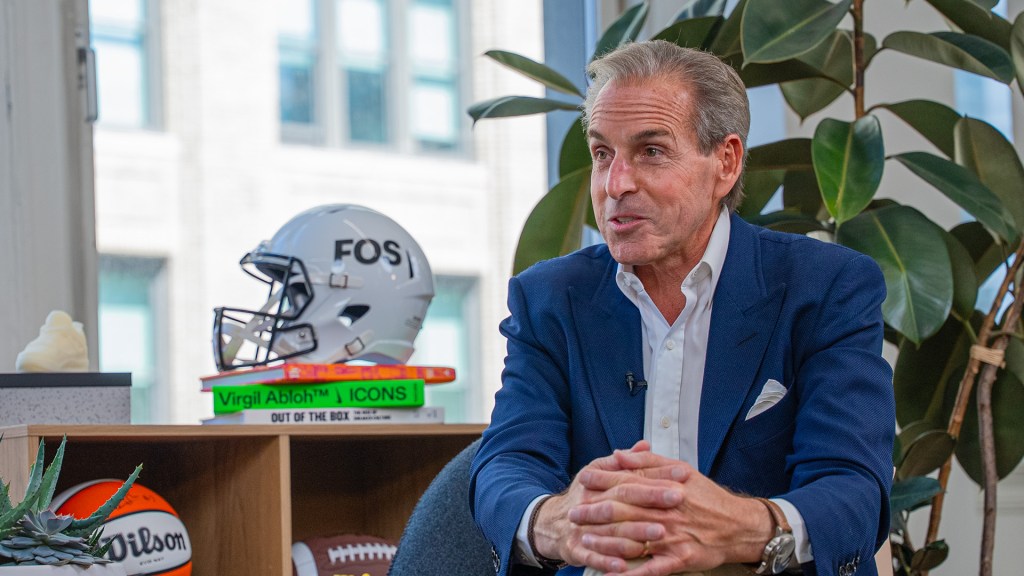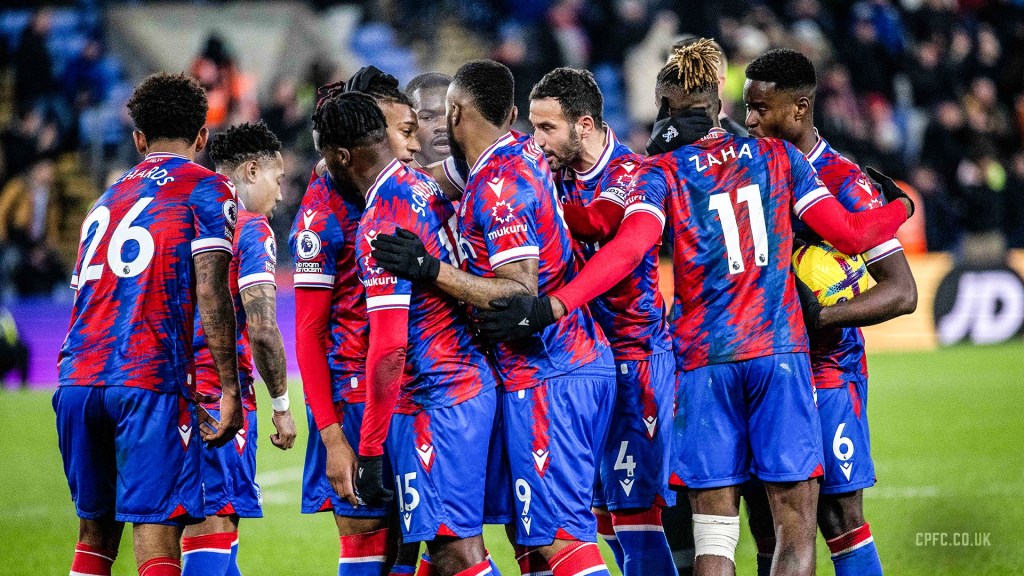Facing a five-day layoff before their first playoff game as the National League’s top seed, the Atlanta Braves made the rare decision to schedule a series of simulated games involving players from their top minor league affiliate, the nearby Gwinnett Stripers.
The move was primarily designed by the team’s baseball operations staff to keep players sharp during the extended down time. But there was also a notable business refrain from the regular season: putting more fans in seats.
At the players’ behest, the Braves invited fans to watch the simulated games for free over the course of three days. Though not part of any official attendance count, the turnout still extended what has not only been a record-setting season at Truist Park, but a resurgent one for MLB — at the turnstiles, on the field, and in fan engagement.
“The players wanted those fans in attendance, and that intensity,” Derek Schiller, Braves president and CEO, told Front Office Sports. “Frankly, it was great to see, and it brought an entirely different energy.”
After a particularly turbulent five-year stretch between 2017-22 that included a bruising, 99-day lockout of the MLB Players Association, the damaging effects of the pandemic, a hotly debated takeover of the affiliated minor leagues, and commissioner Rob Manfred’s widely criticized 2020 comment calling the World Series trophy “a piece of metal,” MLB in 2023 enjoyed a comeback season for the ages.
All across the game, signs of renewed growth could be found. There was a 9.6% lift in attendance to the league’s best mark since 2017, as well as a six-year reduction in the median age of MLB ticket buyers compared to 2019. Long-awaited stadium deals for the Tampa Bay Rays and Oakland A’s are in the offing, a record 12.7 billion streaming minutes on MLB.TV beat last year by 9%, and the league hit a record total of more than 6 billion social video views.
“A number of changes that have occurred around the game have been very effective, as has been the marketing of those changes,” Schiller said. “And part of what we see as a result is an increased ability to have connection with others through baseball.”
Those growth indicators helped fuel team owners’ decision this summer to give commissioner Rob Manfred a four-year contract extension.
And despite some initial local-market hiccups and much larger and looming issues with the league’s regional media situation, MLB is eager to extend that momentum into the playoffs, which will also highlight a dramatic inversion of the sport’s typical payroll norms.
“Our game has been blessed with an influx of young talent over the last five years unlike anything we have ever seen, and people are winning with young talent,” Manfred said on ESPN’s “First Take.”
A New Ballgame
Over the years, both the league and various individual teams have used variations of “it’s a whole new ballgame” as a marketing slogan. But in 2023, there has been actual truth to that.
MLB introduced a trio of new on-field modifications — a pitch clock, larger bases, and a ban on extreme defensive shifts — that led to a massive 24-minute reduction in average game times to 2 hours, 40 minutes, the league’s lowest since 1985.
The moves — all being continued during the playoffs — were initially derived from extensive MLB research on fans and were first tested in the minor leagues. The overall goal was to create a faster, more action-packed product that’s more relevant to younger fans. The initial metrics — which also include a 36-year high in stolen bases — point to an unqualified success.
“These changes will unquestionably benefit MLB for the foreseeable future,” Marc Ganis, president of Chicago-based SportsCorp Ltd. and a longtime sports industry consultant, told FOS. “Getting the dead time out of the game was critically important, especially to those younger audiences. You can’t turn away from a game now without missing something — and before, you definitely could.”
Beyond the rule changes themselves, how and when they were introduced also made a sizable difference. The discussion about them last winter, in advance of initial deployment during 2023’s Spring Training, fueled a significant shift in how baseball was perceived following several consecutive offseasons of growing strife surrounding the league.
“Fans communicated these changes organically, and there was definitely a different tenor in how people were talking about baseball,” Ganis said.
The next major push for the league will involve an unprecedented expansion of its international presence, branded under the moniker MLB World Tour. The 2024 schedule includes MLB’s first-ever regular season games in South Korea, additional trips to England and Mexico, and planned Spring Training games in the Dominican Republic.
MLB will also continue the balanced schedule introduced in 2023, allowing each team to have a greater variety of visiting opponents. The commissioner also credited that shift as a supplemental factor in this year’s attendance boost.
“When you play 81 home games, that variety is important,” Manfred said.
A New Set Of Concerns
For all of MLB’s resurgence and growth this year, the accelerating sports media disruption leaves the league arguably more exposed to financial risk and potential downside than any major U.S. sports property.
The postseason is being shown entirely on national networks controlled by ESPN and parent Disney, Warner Bros. Discovery, and Fox, and the league holds long-term rights contracts with each.
But the condition of regional sports networks, which dominate regular-season coverage, is an entirely different matter. Even after this season’s departure of the San Diego Padres and Arizona Diamondbacks to league-controlled production and distribution of games, the ongoing bankruptcy of Bally Sports parent Diamond Sports Group still involves 12 teams.
And beyond DSG specifically, the implosions of RSNs and accelerating cord-cutting across the television landscape is cratering networks’ and the league’s ability to generate revenue from cable and satellite subscribers whether or not they actually watch any baseball — as they have for decades.
“The mother’s milk of regional sports networks has been very good to MLB for a very long time, and that’s now drying up,” Ganis said. “And streaming is not close to filling those [financial] losses. So at least in the short term, you’re looking at a significant reduction in gross revenues there.”
Fully aware of these challenges, MLB has branded the current period as a transitional one, is guaranteeing at least 80% of previously contracted RSN revenue to the Padres and Diamondbacks, and is forecasting a situation in which there is indeed a reduction in local media revenue before a rebound to prior norms.
But for the next four weeks, MLB will look to showcase the best possible version of itself and use this postseason as both a capstone of a historically important year and the launchpad for a new era.


















